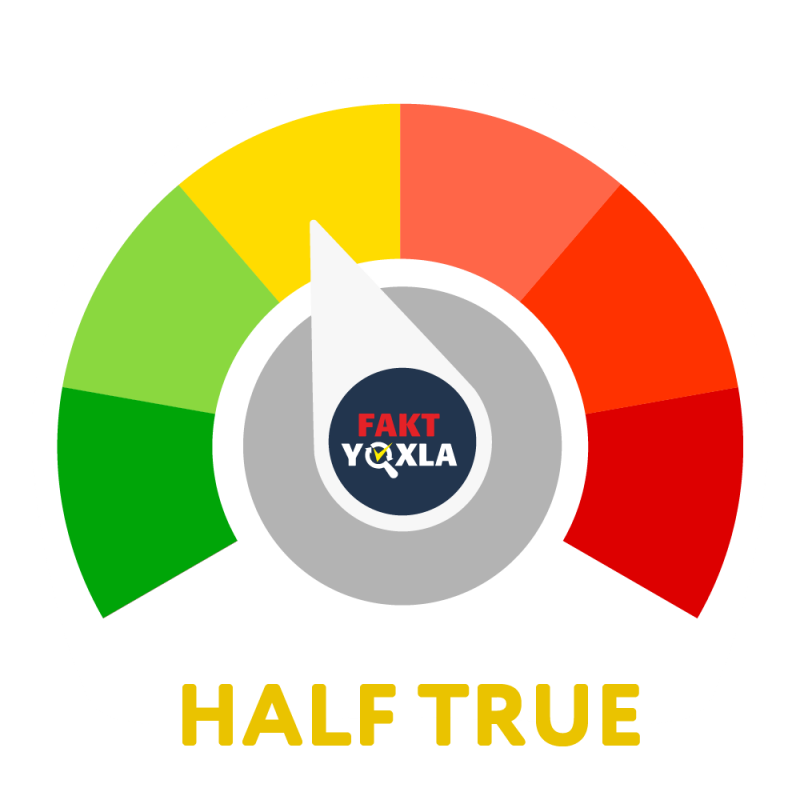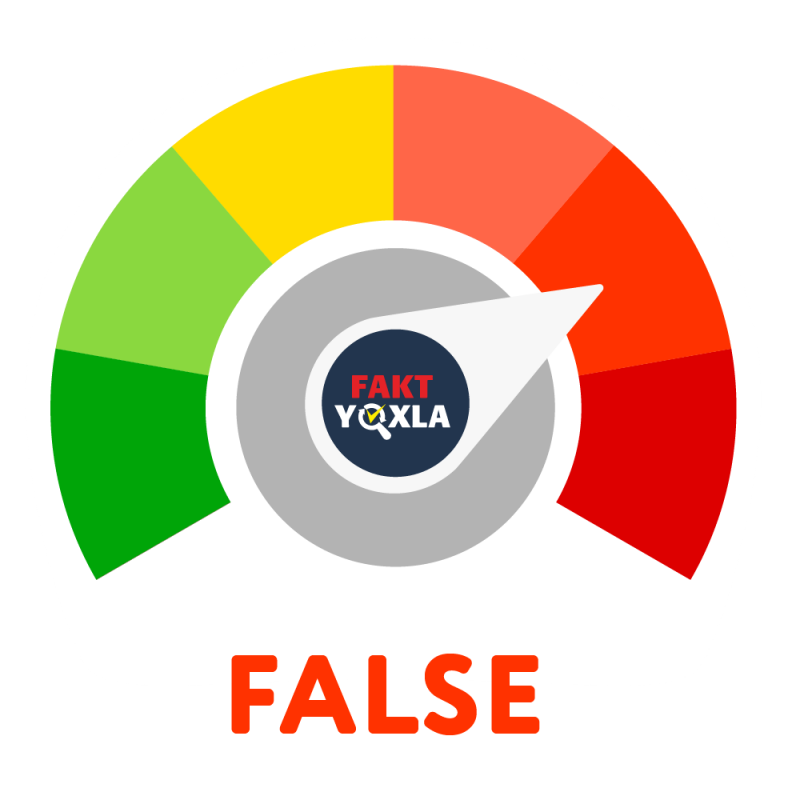Chairman of the Union of Azerbaijani Writers, writer Anar said in an interview with BBC-Azərbaycanca that the 44-day war cleared the stain of surrender left by the Azerbaijan Democratic Republic (ADR) in history.
"In the twenties, when the 11th Army entered here, it cannot be called a little surrender, we let them into our homeland without resistance. They destroyed the Republic of Azerbaijan. This was left as a stain on our history. Jeyhun Bey Hajibeyov writes that only the Ganja rebellion erased this stain from us. They also drowned the Ganja rebellion in blood. With this victory, we erased that stain," the writer emphasized.
Fakt Yoxla examined whether the claim that ADR let the 11th Army into Azerbaijan without resistance was true.
The 11th Red Army was preparing to attack the territory of Azerbaijan from the beginning of April 1920. On April 21, Soviet Russia signed an order to start the Yalama-Baku operation.
At that time, the main parts of the ADR Army were concentrated in the Karabakh region due to the riot caused by the Armenians. From this point of view, ADR’s forces in the northern borders were a minority.
Mehman Suleymanov, doctor of science in history, noted in his book "Azerbaijani Army" that before the Soviet Army started attacking, Yefremov, the commander of the armored train group of the Bolsheviks, came to the Samur River bridge with several people and personally conducted intelligence and observations. In this way, they obtained information about how many forces were gathered in Yalama and where the telephone lines passed.
The Bolsheviks, who contacted Lordkipanidze, the commander of the Azerbaijani armored train, were able to get more information about the ADR Army stationed there.
"Lordkipanidze told the Bolsheviks that the Samur bridge was mined and that if the Bolshevik troops crossed the border of Azerbaijan, they would face a very strong resistance," wrote Suleymanov.
On the night of April 26, the first armored Soviet train crossed the border of Azerbaijan. 11th Red Army units consisted of 4 armored trains and 70 thousand people. At that time, the gendarmes of ADR opened fire on the train, but it did not have any effect. Bolshevik militants disarmed them. Along with the gendarmes, the cavalry stationed on the bank of the river opened fire on the armored train. The skirmish between the cavalry and the Bolshevik militants took a long time. However, due to the unequal ratio of forces, a small number of cavalry could not stop the armored train (Mehman Suleymanov, Azerbaijani Army, p. 441).
The 11th Red Army faced another resistance at the Yalama station. Here, the reaction was stronger than the previous one. There were two infantry divisions of the ADR Army, a machine gun team, and a border gendarmerie detachment in Yalama. The Azerbaijani railway workers at the station tried to block the Bolshevik train with a passenger train, but they failed to do so. The Bolsheviks blew up this train with cannon fire and opened the road (Mehman Suleymanov, Azerbaijani Army, p. 441).
When the armored train of the 11th Red Army continued on its way, the Azerbaijanis at the Yalama station started firing cannons. The Soviet Army retaliated against the ADR Army. Fougasse shells hit the ADR garrison heavily. After that, machine gunners on the left and right of the railway successively opened fire on the armored train of the 11th Red Army. However, the armor of the train blocked the projectiles. Shrapnel shells and machine gun fire fired from the train inflicted heavy blows on the ADR infantrymen. This battle between the 11th Red Army and the ADR forces lasted almost 2 hours. (Mehman Suleymanov, Azerbaijani Army, p. 441).
The next resistance to the 11th Red Army was at Lajat station. Here, the Azerbaijani Army entered the battle with the Bolshevik army with 2 cannons and 14 machine guns. But this resistance did not last long. Although the infantry and artillery units of the ADR, which had taken positions around Khudat, resisted, the Soviet Army was able to reach Sumgayit. The army that defeated the small resistance in Bilajari occupied Baku (Mehman Suleymanov, Azerbaijani Army, p. 442).
The occupation of other regions of Azerbaijan continued until the middle of May 1920 (Mehman Suleymanov, Azerbaijani Army, p. 443).
Resistance against the 11th Red Army continued intermittently even after the establishment of Soviet power on the territory of Azerbaijan. The people who wanted to remove the army from the country rose up in rebellions in different regions. The most violent of these uprisings took place in Ganja, Karabakh, Lankaran, and Zagatala regions.
The Ganja uprising, which the writer Anar talked about, started on May 26 and lasted until May 31. More than 10,000 people joined this uprising. Like other rebellions, this rebellion was suppressed and the people who led the resistance were shot (ADR Encyclopaedia, Part I, p. 425).
Thus, when the 11th Red Army attacked the territory of Azerbaijan, although there were few forces in the defense of the northern borders, they resisted the invasion. This resistance was organized in Yalama, Lajat stations, Khudat, and Bilajari, starting from the bridge over the Samur River. Although the resistance was weak, the 11th Red Army was not allowed to enter the territory of Azerbaijan without resistance.
Fakt Yoxla concludes that writer Anar's claim is a Manipulation of Facts.














